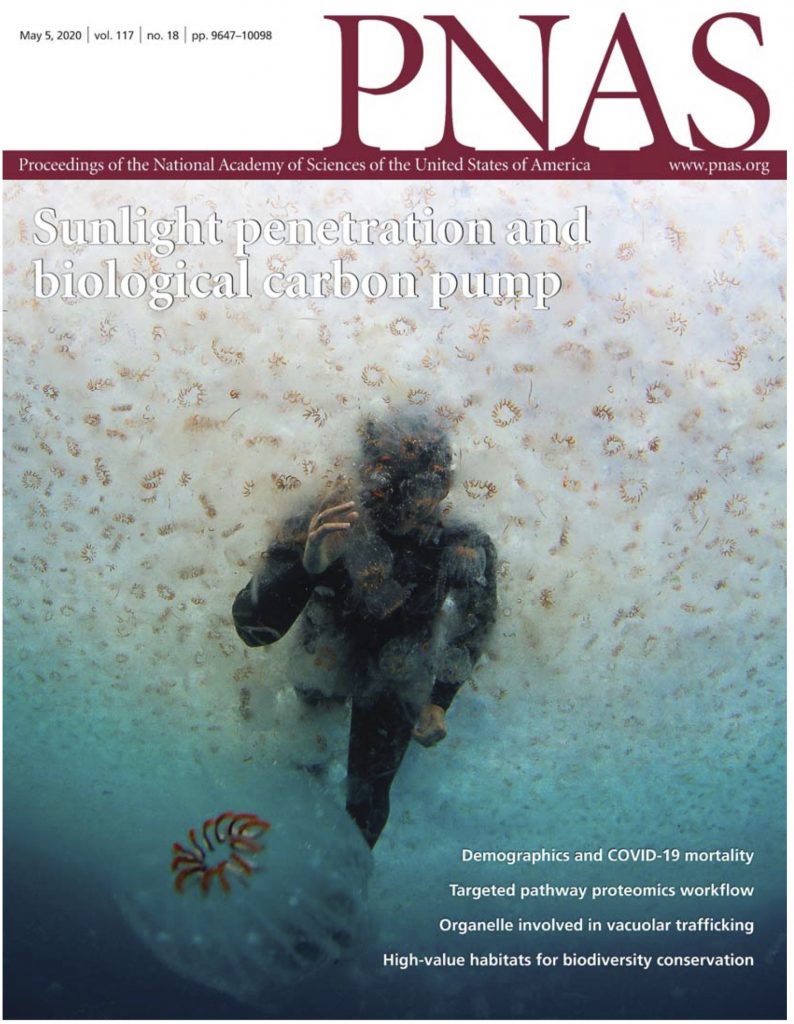Posts Tagged ‘Twilight Zone’
Our Three “Hour” Tour
By Ken Buesseler, NORTHERN ATLANTIC OCEAN For those of us who grew up watching Gilligan’s Island, we all know the fateful story of the “three-hour tour.” Well, as this oceanographer knows, that TV storm is not that different from the weather we are facing out here in the North Atlantic on the research vessel Sarmiento…
Read MoreDive and Discover the Twilight Zone!
Despite some wavy weather and a rolling ship, the Twilight Zone team aboard the Spanish research vessel Samiento de Gamboa has been pushing through and collecting data and samples daily. Here you can follow the team of scientists, engineers, and students as they put some of the most advanced research tools available to the challenge…
Read MorePNAS Cover Shot – Oceans capture more carbon than expected!
A new paper, “Metrics that matter for assessing the ocean biological carbon pump” published online April 6th, has landed on the COVER of the May 5th print edition of PNAS . Written by Ken Buessler, former PhD student Erin Black and collaborators Phil Boyd and David Siegle, they demonstrate that the depth of the sunlit…
Read MoreWHOI Among First Funding Recipients of The Audacious Project
What if we explored the ocean’s vast twilight zone, teeming with undiscovered life? Today, the Woods Hole Oceanographic Institution (WHOI) was awarded $35 million—the largest philanthropic gift in the Institution’s history—to do just that. The award comes from The Audacious Project, a bold new philanthropic collaboration housed at TED to fund critical ideas that have…
Read MoreDispatch 11 – How to make a living in the twilight zone
Lat: 46°N Long: 161°E Air temp: 9.5° C, 49.1° F Sea temp: 10.5° C, 51° F Sky: Foggy True wind : 15 knots Waves: Flat We concentrate our studies for this cruise on the mesopelagic zone, between about 100 and 1000 meters below the ocean surface. This zone of the ocean is cold (about 2°C…
Read MoreDispatch 11 – Catching rain in a hurricane
A basic problem that VERTIGO sets out to study, is how fast do particles in the ocean sink from the surface where they are produced, to the deep ocean, and how many break apart or are consumed by animals and bacteria along the way. Part of the problem is that catching sinking particles in classic…
Read More
